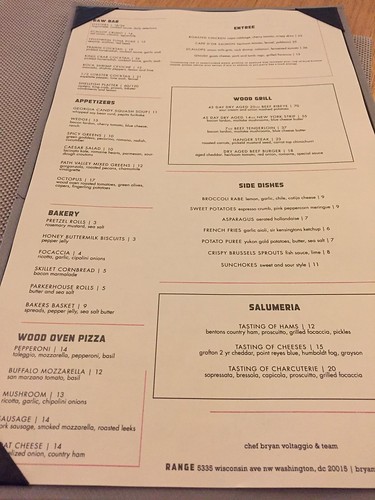Subsequently, the blot was blocked for one hour in 5% (wv) non-fat milk in Tris buffered saline-Tween (TBST) (one hundred mM Tris-foundation, 154 mM NaCl, .one% (vv) Tween 20, pH 7.4). The subsequent primary antibodies were utilized to probe the membrane: b-actin (#AC-fifteen, Sigma), PTBP1 (32-5000, Invitrogen), hnRNP H (ab10374, Abcam), hnRNP C (ab10294, Abcam), BIM (Cell Signaling Technologies, #2819), caspase 3 (Mobile Signaling Technologies, #9662), PARP (Mobile Signaling Engineering, #9542) and GAPDH (Cell Signaling Technological innovation #2118). All primary antibodies ended up diluted at 1:one thousand except for b-actin (1:5000) in TBST with 5% (wv) non-body fat milk. 3 washes in TBST ended up carried out right after major antibody incubation just before the proper horse radish peroxidase-conjugated secondary antibodies (Santa Cruz Biotechnology) at a dilution of 1:5000 had been utilised to probe the membrane. The membrane was visualized making use of the Western Lightning chemiluminescence reagent (PerkinElmer).
Prediction of cis-regulatory factors for splicing of BIM exon 3 was performed by making use of Sfmap [27], PESX [28], Human Splicing Finder [29] and Spliceaid [thirty]. Regulatory components that have been predicted by far more than one particular system had been chosen for more practical examination.PTBP1 represses inclusion of endogenous BIM exon 3. (A) +2,582 to +2,662 of the polymorphic fragment has been expanded to demonstrate the nucleotide sequence. The three predicted PTBP1 binding sites are boxed. (B) Western blot evaluation for PTBP1 protein amounts right after nucleofecting K562 cells with 3 diverse PTBP1-specific siRNA duplexes. Equal loading in each and every lane was established by blotting of glyceraldehyde 3-phosphate dehydrogenase (GAPDH). “U” signifies manage cells that had been not subjected to nucleofection. (C) Actual-time RT-PCR examination of RNA from K562 cells nucleofected with either handle or PTBP1-specific siRNA duplexes to determine the ratio of endogenous exon three- to exon four-made up of BIM transcripts. “U” signifies management cells that have been not subjected to nucleofection. Benefits are presented as an regular of three organic replicates and the relative endogenous BIM E3: E4 ratio was established by normalizing to the E3: E4 ratio of K562 cells that ended up not nucleofected.
we formerly designed two BIM minigenes with (WT) and without having (DEL) the polymorphic fragment fused to adenovirus 26598975exonic sequences U and D (Fig. 1A and 1E). The DEL minigene strongly favored the inclusion of exon three in excess of exon four when compared to WT, therefore recapitulating the splicing of endogenous BIM transcripts [sixteen]. For that reason, we ended up able to use the WT minigene to determine intronic splicing silencers (ISSs) inside the two,903-nt fragment that repress exon three inclusion. To outline these regulatory factors, we generated a series of forward sequential deletions in the two,903-nt fragment in the context of the WT minigene (Fig. 1A, D1ç11). K562 cells have been nucleofected with these constructs, and the ratio of U-E3 to U-E4D transcripts was decided making use of actual-time RT-PCR. Remarkably, all forward deletions getting rid of most of the two,903-nt unsuccessful to trigger a significant boost in exon three inclusion (Fig. 1B). The inclusion of exon three more than exon four remained MEDChem Express 752187-80-7 reduced even in the D10 minigene, which consist of only the last 322-nt from +2,582 to +two,903 of the polymorphic fragment. A extremely pronounced enhance in exon three inclusion was noticed in D11, as the very last 322-nt ended up taken out (Fig. 1B). To exclude the likelihood that extreme shortening of the intron in D11 brought on the important increase in exon 3 inclusion, we designed a size-matched management of D10 by substituting +2,582 to +two,903 of the deletion  with an inversion of this sequence (Fig. 1C). This inversion (D10inv) led to an enhance in exon three inclusion to virtually the exact same extent as that of D11 (Fig. 1D).
with an inversion of this sequence (Fig. 1C). This inversion (D10inv) led to an enhance in exon three inclusion to virtually the exact same extent as that of D11 (Fig. 1D).
